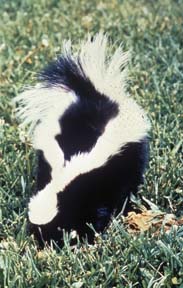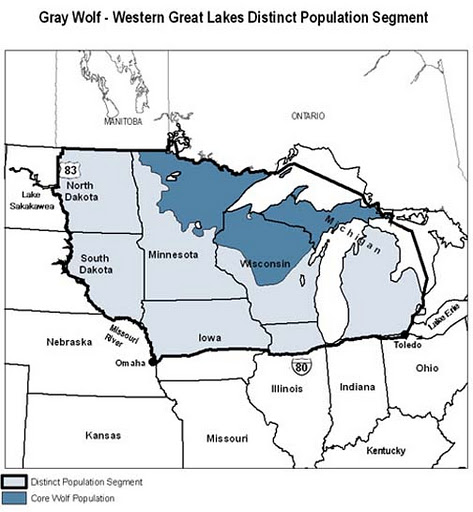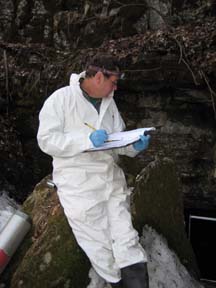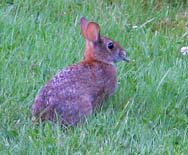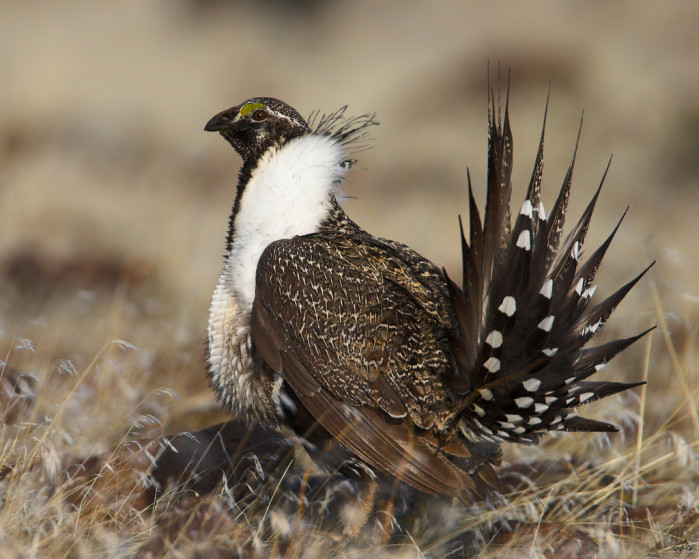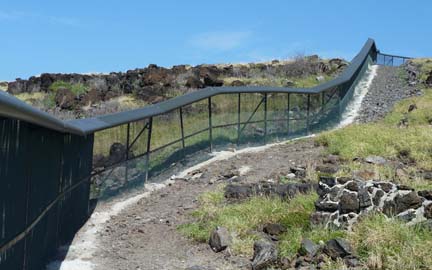This fall the town of Avalon, NJ moved some 80 problem skunks, but they are not telling where, reports the Press of Atlantic City. The Press quotes the town’s mayor as saying: “We’re trapping them and putting them in the witness protection program.”
While that’s a sound bite worthy of both Jersey Shore and Boardwalk Empire, neither local communities nor the New Jersey Division of Fish and Wildlife are happy. They don’t want Avalon dumping its skunks elsewhere.
Read the full article in the Press of Atlantic City here.
No mention in the article of the federally endangered piping plover, which nests on area beaches and is threatened by (among other things) predation by skunks, raccoons, gulls and other creatures that have adjusted a little too well to development on the New Jersey shoreline.
To answer one of the commenters on the Press of Atlantic City article: Aren’t there more serious things to talk about? Absolutely. But the quote is funny and how serious can you be on the last working day of the year? Best wishes for 2012.

